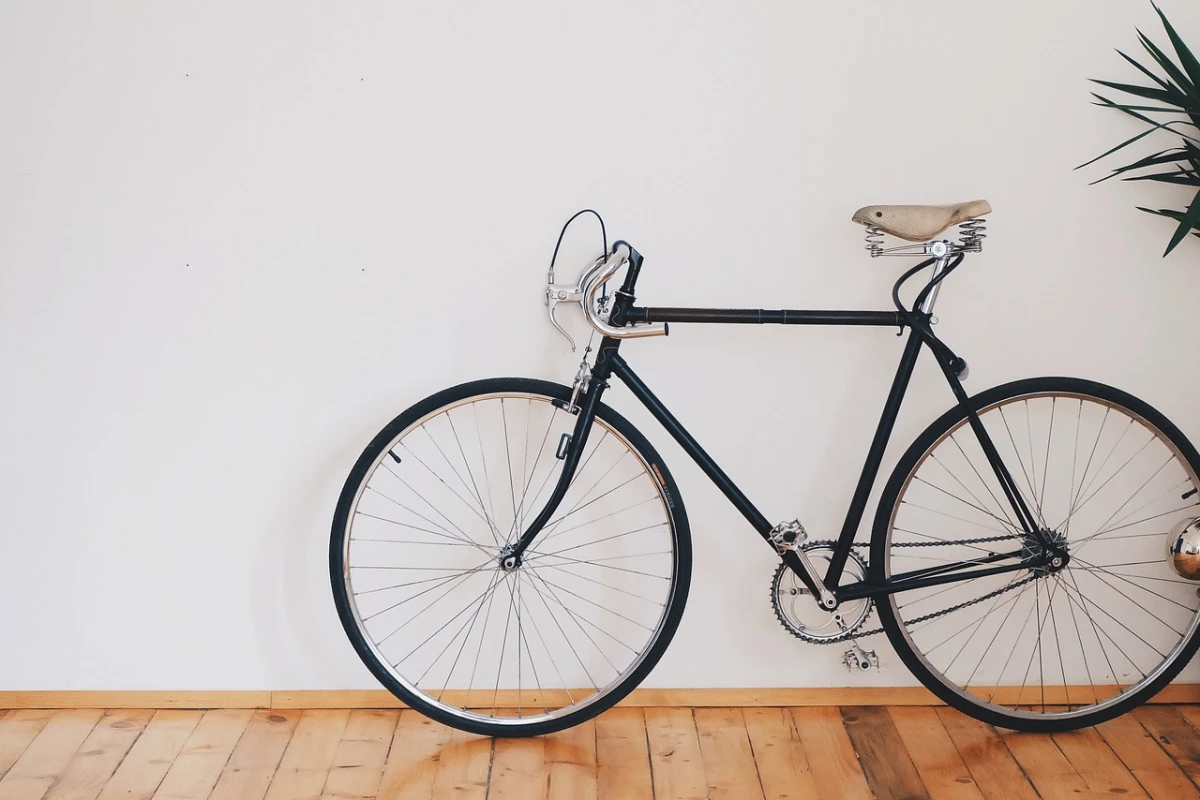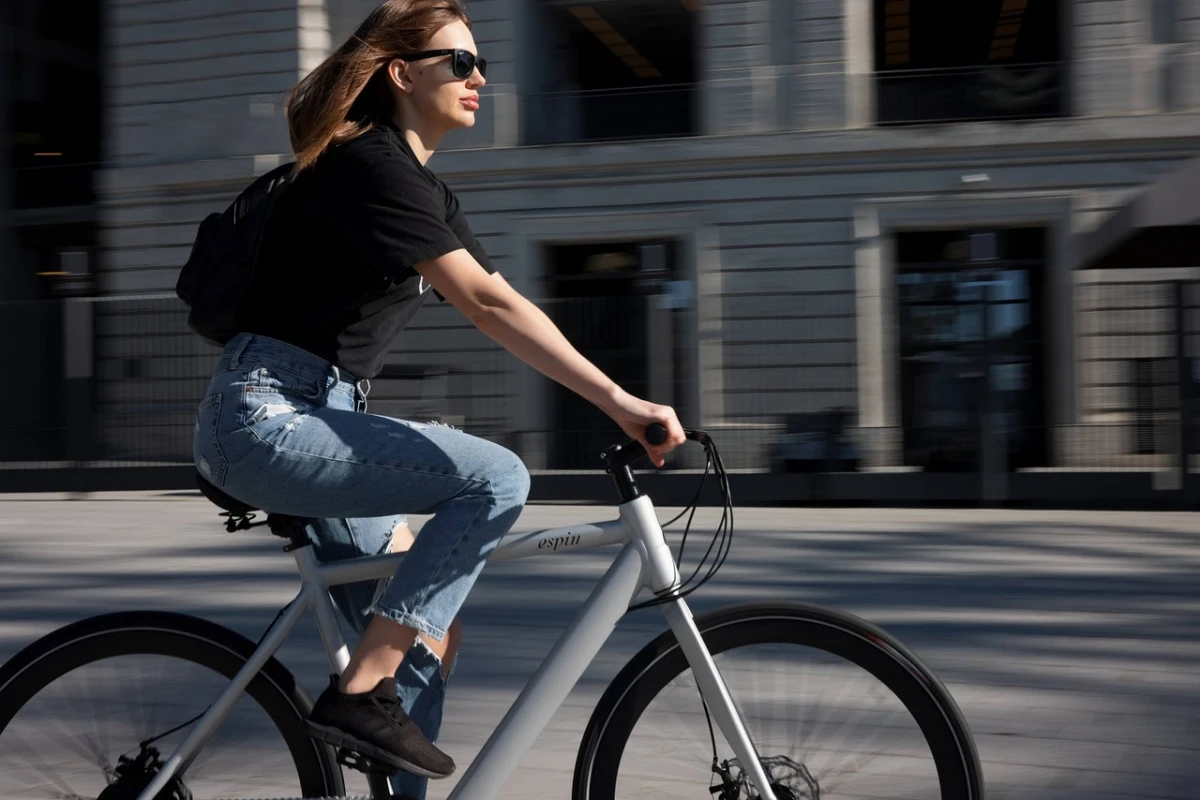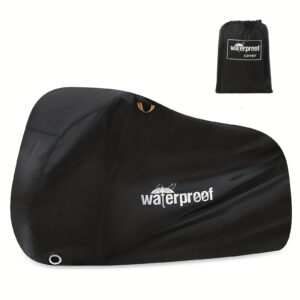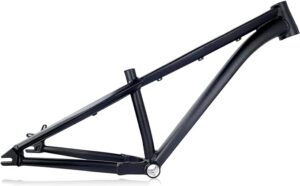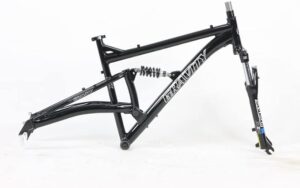Transporting a bicycle securely and effectively is crucial for any cyclist. Whether you’re heading to a trailhead, moving bikes for a group ride, or simply taking your cycle to the shop, knowing how to do it right can save you a lot of hassle and prevent damage to your bike. In this guide, we’ll explore various methods and tips on how to transport your bike safely using different types of bike racks and protective measures like bike covers.
Choosing the Right Vehicle Mount Bike Rack
Vehicle mount bike racks come in various types, each suited for different vehicle setups and transportation needs:
Hitch-Mounted Racks: These racks attach to a vehicle via a hitch. They are sturdy and can accommodate multiple bikes. These racks vary in design; some hold the bike upright by clamping onto the front wheel or fork crown, while others might secure the bike by its frame or wheels, keeping it horizontal.
Trunk-Mounted Racks: Attached with straps and clips to the rear of a car, these racks are more portable and generally less expensive than hitch-mounted racks. They typically support the bike using a prong system that holds the frame.
Tailgate Pads: Popular among pickup truck owners, tailgate pads allow you to rest the bike’s downtube on the pad draped over the truck’s tailgate, with the front wheel hanging off the back. This method is ideal for shuttling multiple bikes.
Each type of rack has its benefits and drawbacks, depending on the vehicle type and the number of bikes you need to transport.
Best Practices for Bike Carrying
To minimize potential damage during transportation, consider the following:
Racks that Minimize Contact: Choose racks that minimize contact with the bike’s frame and components. Racks that connect with the bike’s tires are preferable, as they reduce the risk of damaging the frame or any installed protective kits. Tires are designed to withstand wear and can handle the stress from racks better than other bike parts.
Vertical vs. Horizontal Loading: Racks that hold bikes vertically need to ensure they don’t press against sensitive parts like fork crowns. Horizontal racks are generally safer for the bike’s frame but may require more space.
Use of Tailgate Pads: If using a tailgate pad, consider additional padding or a shuttle armor to protect the bike’s downtube from vibrations and impacts.
Racks to Avoid
When selecting a bike rack, avoid those that:
Cause repeated friction or rubbing on the bike frame or forks, as vibrations from the road can exacerbate this wear.
Use mechanisms that can deform protective films or scratch the paint on hot days when adhesives become malleable.
Protecting Your Bike from Racks
If your existing rack has potential points that can damage the bike, use microfiber cloths or padding at contact points to shield the frame:
Wrap cloths around prongs that hold the fork or under any arches that touch the frame to prevent scratches and wear.
Essential Protective Gear: Bike Covers
Using a bike cover is an excellent way to protect your bicycle not just while it’s parked, but also during transport:
Bike Covers: These covers shield your bike from dust, road debris, and the elements when mounted on a rack. Ensure the cover is designed for use during transport, as it needs to be more durable and securely fitted to withstand travel speeds.
Wrap Before You Drive
Finally, regardless of the rack type used, always ensure your bike is adequately protected. Install frame protection kits where necessary and consider using a bike cover to guard against the unpredictable elements encountered during transport.
In summary, transporting your bike safely involves selecting the right type of rack, using protective measures to prevent damage, and being aware of the needs specific to your bike’s model and make. By following these guidelines, you can ensure that your bike arrives at its destination in the same condition it left, ready for your next adventure.

